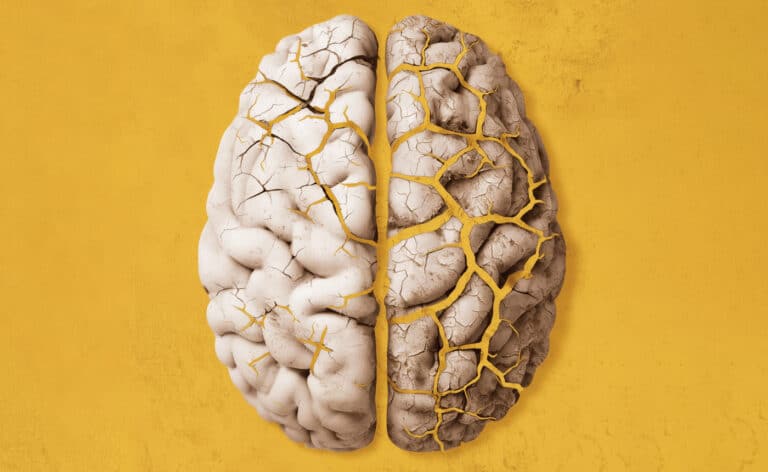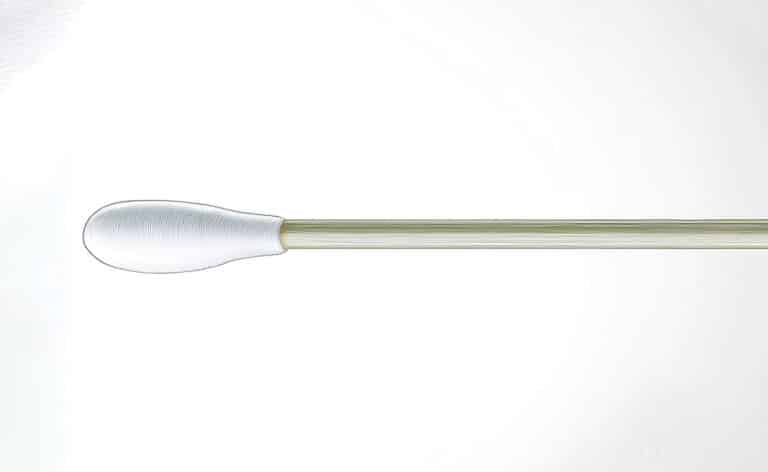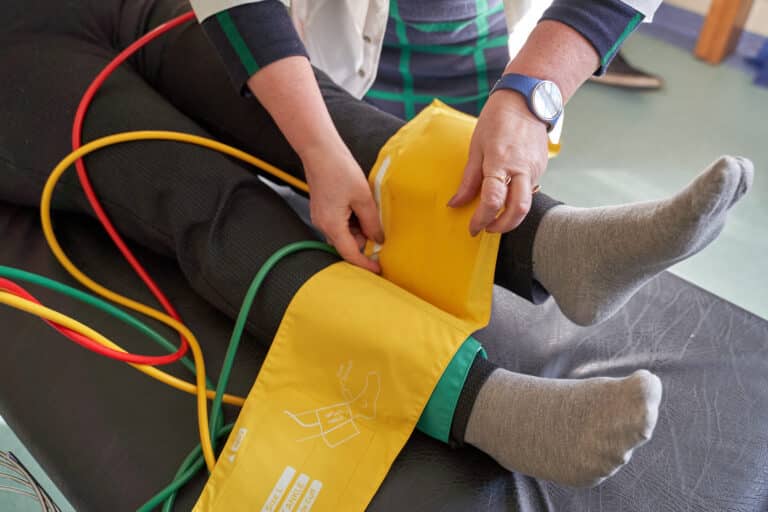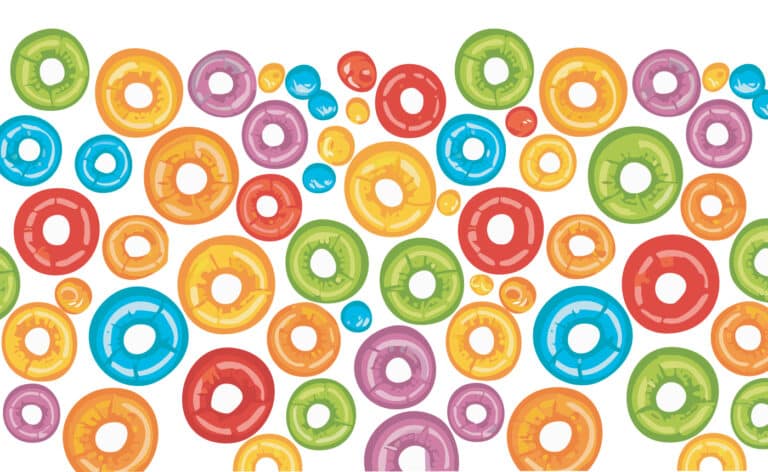Mayo Clinic Q&A
DEAR MAYO CLINIC: What causes pericardial constriction, and why does it make me swollen? Is there anything I can do to limit the swelling?
ANSWER: Pericardial constriction is a condition with a variety of possible causes, including underlying medical conditions and may even result from certain medical treatments. Swelling, or edema, is one of the most common symptoms of pericardial constriction. That’s because the condition interferes with your kidneys’ ability to work properly. Medication can often effectively reduce swelling. Rarely, in severe cases, surgery may be needed to treat pericardial constriction.
The normal pericardium is a thin, elastic sac that surrounds the heart. Under normal circumstances, it contains a small amount of fluid that helps lubricate the heart as it moves. With pericardial constriction, the sac loses its elasticity and becomes stiff. Pericardial constriction restricts the heart’s motion and makes it harder for the heart to beat effectively. The constraint on the heart limits how much blood fills into it as the heart relaxes between beats, making the heart less efficient. When less blood than usual enters the heart, less blood than usual leaves the heart on the way to the rest of the body.
Pericardial constriction can have a significant effect on your kidneys because one of the kidneys’ jobs is to remove waste and excess fluid from the blood. Low blood flow from the heart makes it hard for your kidneys to remove all the extra fluid. The kidneys also may respond to low blood flow by retaining more fluid in an attempt to increase the available blood flow.
As fluid builds up in the blood, it results in swelling, a condition sometimes referred to as edema or anasarca. When it’s left untreated, that swelling can become severe, especially in the legs and abdomen. Other common symptoms of pericardial constriction include fatigue, shortness of breath and difficulty exercising or engaging in other physical activities.
Pericardial constriction can happen for a number of reasons. Viral infections leading to inflammation of the pericardium are one of the more common causes of pericardial constriction. It can also develop as a side effect of radiation therapy or heart surgery. Less common causes include connective tissue diseases, cancer, and complications from other types of infections. Taking certain kinds of drugs can trigger pericardial constriction, although that is rare. In some cases, the cause cannot be found, a condition known as idiopathic pericardial constriction.
Doctors diagnose pericardial constriction by reviewing your medical history and performing a physical exam. Imaging exams of the heart, such as an echocardiogram, a chest X-ray, CT scan and cardiac MRI, as well as other testing, can often be helpful in diagnosing this condition.
Treatment of pericardial constriction typically focuses on controlling the symptoms and any active inflammation of the pericardium. That often involves using diuretic medications to remove excess fluid from the body and anti-inflammatory medicines to reduce inflammation of the pericardium. Anti-inflammatory medicines useful for pericardial constriction include colchicine, non-steroidal anti-inflammatory drugs, and occasionally steroids or medicines that affect the body’s immune system, such as anakinra.
If swelling persists even when you’re taking medication for it, talk to your doctor. You may need to switch to a different type of medication. If symptoms don’t improve over time with other treatments, then surgery to remove the pericardium, called pericardiectomy, may be necessary. Few people with pericardial constriction require this procedure, however. In many cases the symptoms, including swelling, can be successfully managed with medication. — Peter Pollak, M.D., Cardiovascular Diseases, Mayo Clinic, Jacksonville, Fla.
(Mayo Clinic Q & A is an educational resource and doesn’t replace regular medical care. E-mail a question to MayoClinicQ&A@mayo.edu. For more information, visit www.mayoclinic.org.)










